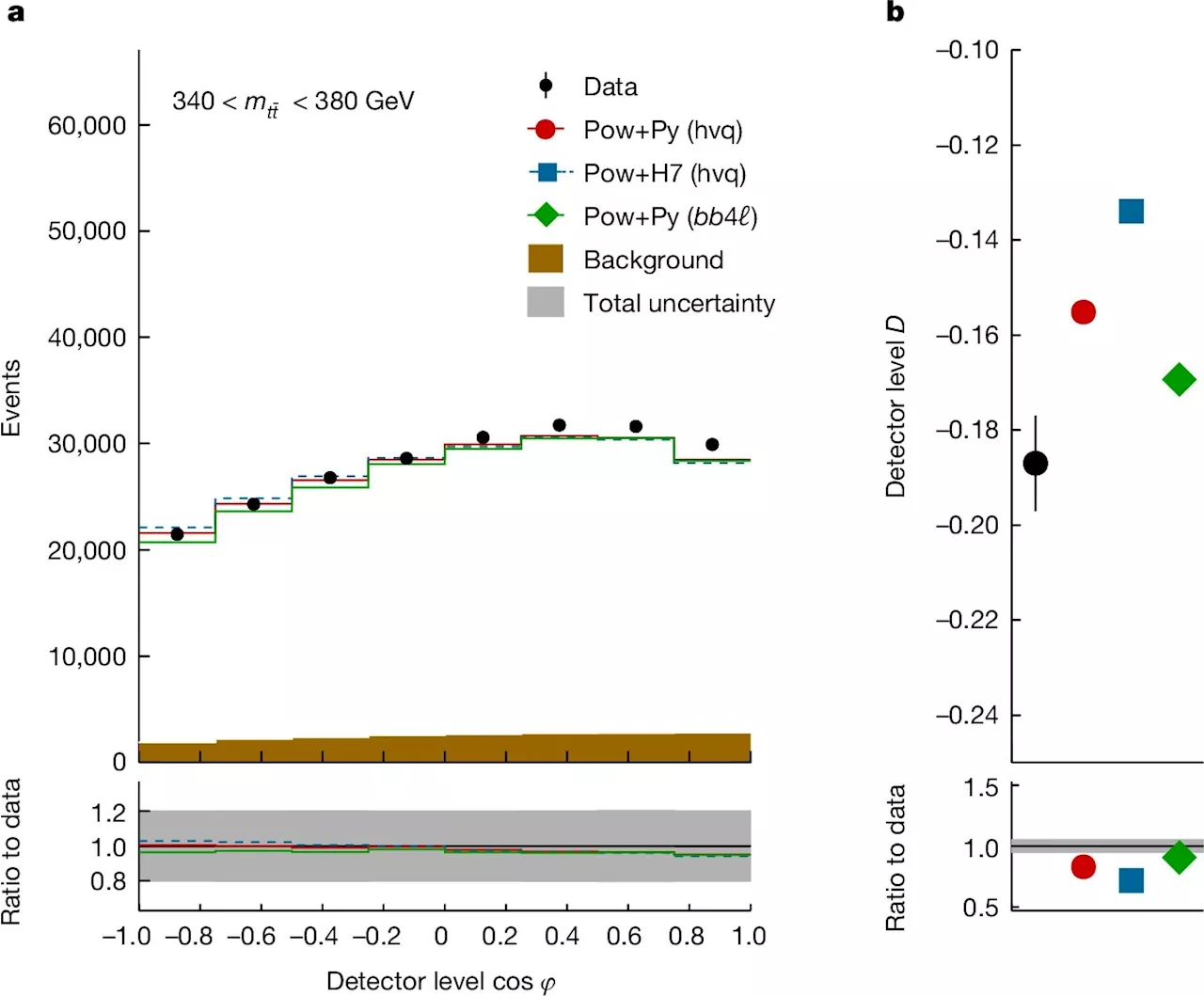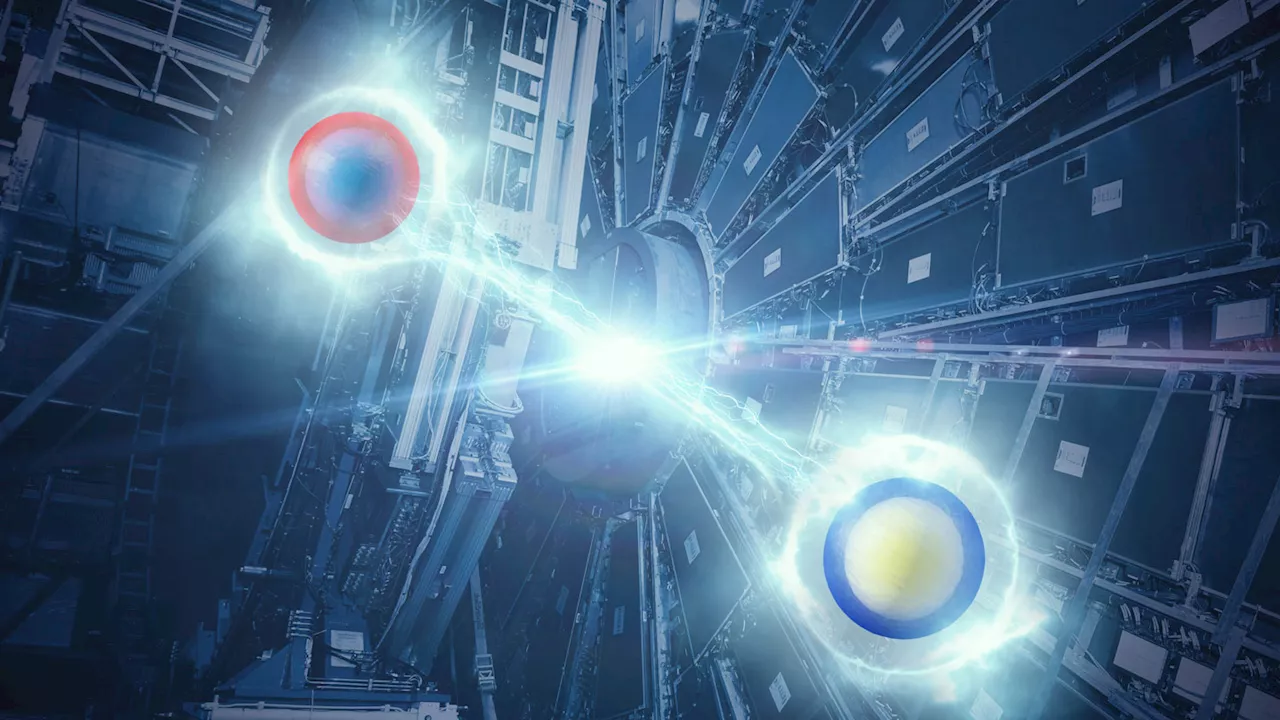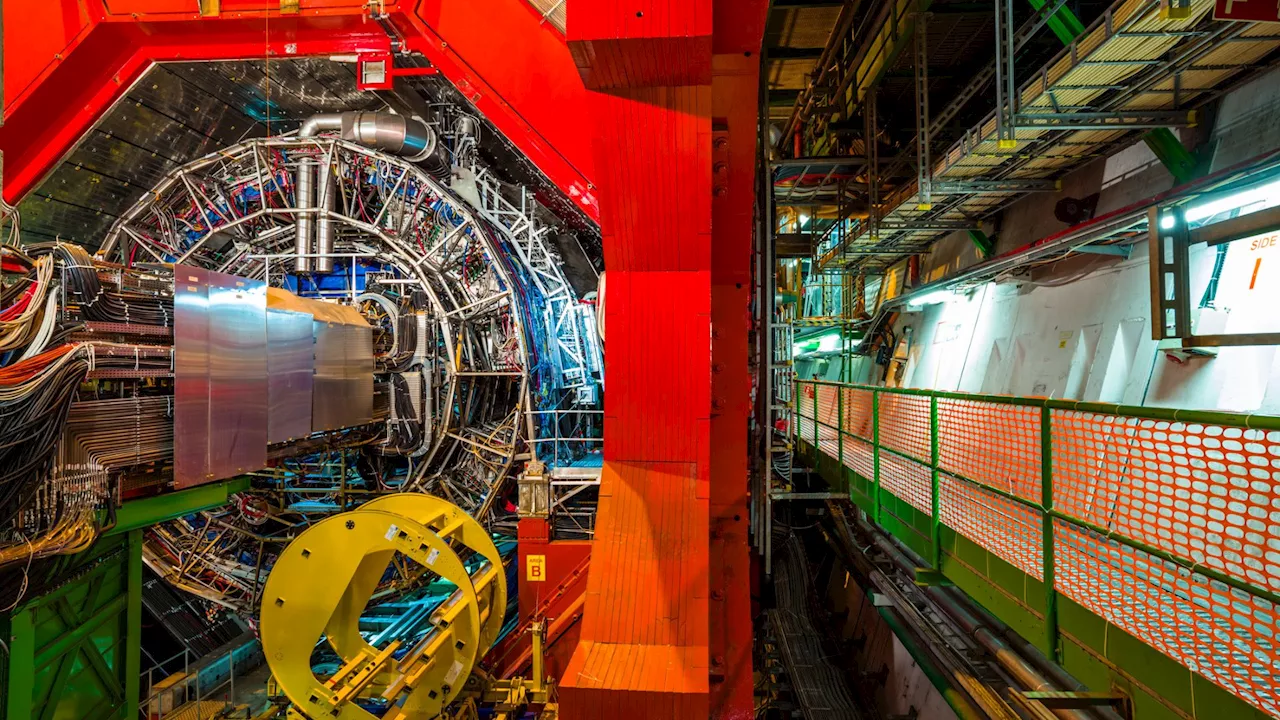Entanglement, previously seen in photons, has been observed in top quarks at the Large Hadron Collider in a first, marking a new high-energy milestone.
The ATLAS experiment at the Large Hadron Collider has made the highest-energy observation of entanglement in top and antitop quarks at 13 TeV.Traditionally observed in photons and low energies, this phenomenon has now been discovered in pairs of top quarks, the heaviest particles known.
Researchers have demonstrated this phenomenon with photons, and it is a key concept in quantum physics. According to the team, though popular sci-fi likein the 1980s, is now used in technologies like quantum computing. Recent advancements from Geneva have extended this to high-energy top quarks, marking the first observation of entanglement at such extreme energy levels.
Researchers, including those working on the ATLAS experiment in Sydney, are investigating whether this large mass might be due to unknown forces or reveal new physics, as current physical laws seem incomplete., which studies top and antitop quarks produced in proton collisions at 13 TeV, has made the highest-energy observation of entanglement to date.
Large Hadron Collider LHC Photon Quantum Entanglement Quarks
United States Latest News, United States Headlines
Similar News:You can also read news stories similar to this one that we have collected from other news sources.
 LHC experiments observe quantum entanglement at the highest energy yetQuantum entanglement is a fascinating feature of quantum physics—the theory of the very small. If two particles are quantum-entangled, the state of one particle is tied to that of the other, no matter how far apart the particles are.
LHC experiments observe quantum entanglement at the highest energy yetQuantum entanglement is a fascinating feature of quantum physics—the theory of the very small. If two particles are quantum-entangled, the state of one particle is tied to that of the other, no matter how far apart the particles are.
Read more »
 The Large Hadron Collider exposes quarks’ quantum entanglementTop quarks and antiquarks produced in the Large Hadron Collider are entangled, a study shows.
The Large Hadron Collider exposes quarks’ quantum entanglementTop quarks and antiquarks produced in the Large Hadron Collider are entangled, a study shows.
Read more »
 Quantum Entanglement Found in Top Quarks – The Heaviest Particles KnownThe Best in Science News and Amazing Breakthroughs
Quantum Entanglement Found in Top Quarks – The Heaviest Particles KnownThe Best in Science News and Amazing Breakthroughs
Read more »
 Researcher explores how you can stretch your mind to grasp quantum entanglementMy new article, 'Quantum Entanglement of Optical Photons: The First Experiment, 1964–67,' is intended to convey the spirit of a small research project that reaches into uncharted territory.
Researcher explores how you can stretch your mind to grasp quantum entanglementMy new article, 'Quantum Entanglement of Optical Photons: The First Experiment, 1964–67,' is intended to convey the spirit of a small research project that reaches into uncharted territory.
Read more »
 Physicists ease path to entanglement for quantum sensingNothing in science can be achieved or understood without measurement. Today, thanks to advances in quantum sensing, scientists can measure things that were once impossible to even imagine: vibrations of atoms, properties of individual photons, fluctuations associated with gravitational waves.
Physicists ease path to entanglement for quantum sensingNothing in science can be achieved or understood without measurement. Today, thanks to advances in quantum sensing, scientists can measure things that were once impossible to even imagine: vibrations of atoms, properties of individual photons, fluctuations associated with gravitational waves.
Read more »
 Physicists ease path to entanglement for quantum sensingA quantum mechanical trick called 'spin squeezing' is widely recognized to hold promise for supercharging the capabilities of the world's most precise quantum sensors, but it's been notoriously difficult to achieve. In new research, physicists describe how they've put spin squeezing within better reach.
Physicists ease path to entanglement for quantum sensingA quantum mechanical trick called 'spin squeezing' is widely recognized to hold promise for supercharging the capabilities of the world's most precise quantum sensors, but it's been notoriously difficult to achieve. In new research, physicists describe how they've put spin squeezing within better reach.
Read more »
